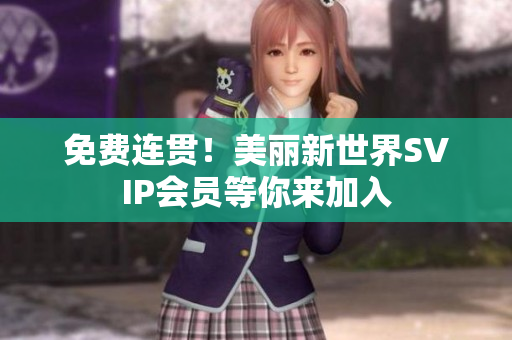Introduction
As students, we all face various challenges in our school life, whether it's academic or personal. However, some challenges are more unique and specific than others. In this article, we will explore some of the uncommon situations that students in different parts of the world may encounter.
Section 1: The Pressure to Excel in English in Southeast Asia
English is a universal language and can open up opportunities for individuals to succeed in various fields. This is especially true for students in Southeast Asia, where English proficiency is highly valued. Due to this pressure, many students struggle to keep up with their studies and may resort to unethical means of getting good grades, such as cheating. This not only affects their academic integrity but also their personal growth and development.
Section 2: The Lack of Preschool Education in Rural Areas of Southeast Asia
In contrast to the pressure to excel in English, there is a significant shortage of preschool education in some rural parts of Southeast Asia. This deprives children of their right to early education and hinders their progress in learning basic skills. It also prevents them from accessing essential services such as healthcare and social protection.
Section 3: The Importance of Preserving Top Western Humanistic Art
Humanistic art refers to artworks that embody the ideals of humanism, such as empathy, compassion, and ethical values. These works are essential for personal and cultural development, promoting critical thinking and understanding. However, with changing attitudes towards art and the rise of digital technology, some of the greatest works in Western humanistic art are at risk of being lost or devalued.
Section 4: The Implications of 5G Technology for China
China is one of the global leaders in developing 5G technology, which is expected to revolutionize the way we use the internet and digital devices. However, the rapid deployment of this technology raises concerns about privacy, security, and the possible suppression of dissent. It also creates new challenges for government regulators and policymakers, who need to balance the benefits of technological advancement with its potential risks.
Section 5: Coping with Unexpected Responsibilities in School
School life can be unpredictable, and students may face unexpected responsibilities from time to time. For example, a class representative may be required to prepare a presentation or lead a group discussion, even if they are not confident in those skills. Alternatively, a teacher may ask a student to substitute for a missing classmate during a presentation, adding more stress and pressure. These situations can be challenging, but they can also be opportunities for personal growth and development.
Section 6: Dealing with Emotional Distress in School
School life can also be emotionally challenging, and students may struggle with various stressors such as academic pressure, social isolation, or personal issues. In some cases, this can result in emotional distress or mental health issues, such as anxiety or depression. It's essential for schools to provide adequate support and resources to students who are going through difficult times and to reduce the stigma surrounding mental health.
Conclusion
As we have seen, students face a wide range of challenges in their school lives, both common and uncommon. While some of these challenges may seem overwhelming, it's important to remember that they can provide opportunities for growth, development, and resilience. By recognizing the unique situations that students face in different parts of the world, we can work towards building a more inclusive, supportive, and empowering educational system for all.









